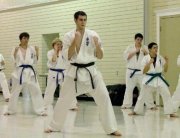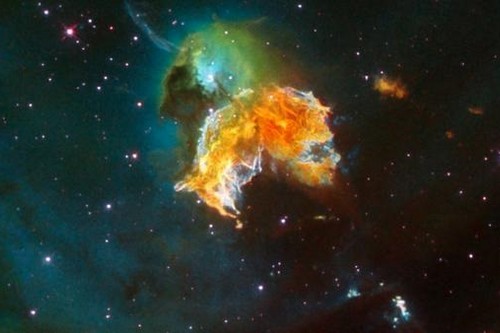Excerpted from The Rediscovery of Panmachon by Kosta Danaos:
Anyone with a more than elementary involvement in the martial arts and combat sports is able to tell the difference between the two. A combat sport is, by definition, an athletic contest between two individuals, the main intention of which is, in the end, to assure the participants’ safety. Wrestling, judo, taekwondo and boxing are principal examples of combat sports. Techniques that are by definition hazardous to the participant’s health and continued wellbeing are (or should be) prohibited. It is plainly understood that contestants are not allowed to (nor desire to) attack one another’s eyes or genitals, bite through each other’s flesh, or attack the spinal chord and skull using lethal strikes, locks, or other techniques. Killing or permanently disabling the opponent is not the objective of combat sports, though injuries abound…


